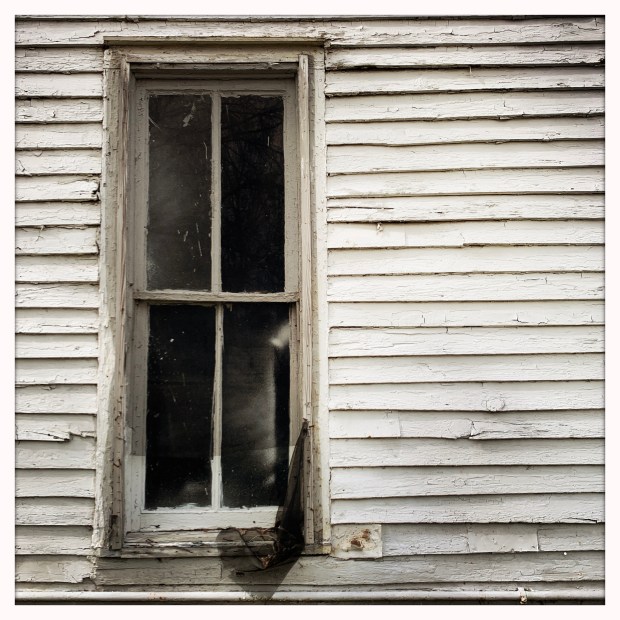I have undertaken a page-by-page examination of Wilson County’s earliest deed books to look for evidence of the mortgage, sale, trade, or transfer of enslaved people. I found plenty.
- On 3 February 1859, for $925, J.T. Rountree, acting on behalf of J.T. Bynum of Wilson County, sold Eli Robbins of Wilson County “one negro a boy by the name of George about twelve years & ten months old.” Deed Book 1, page 408, Wilson County Register of Deeds Office.
- Also on 3 February 1859, for $1040, David Webb of Wilson County sold Eli Robbins of Wilson County a man named Harry, aged about 28 years. Deed Book 1, page 409, Wilson County Register of Deeds Office.
Eli Robbins died in 1864. On 23 October of that year, an inventory of his estate recorded “five negroes Keziah, Amos, Harry, George, Jinny.”
- On 1 April 1859, Sarah A.E. Stephens of Wilson County pledged to James J. Taylor as security for several notes totaling about $1700 a parcel of land on Barnes Street and Anica, Frances, and Lorenzo. Deed Book 1, page 422, Wilson County Register of Deeds Office.
- On 26 June 1857, for $600, J. William Barnes sold Jesse Haynes a 9 year-old girl named Easter. The sale was not recorded until 26 April 1859. Deed Book 1, page 457, Wilson County Register of Deeds Office. [In the 1860 slave schedule of Oldfields township, Wilson County, Jesse Haynes reported owning two enslaved people — a 36 year-old woman and an 11 year-old girl, who was almost surely Easter.]
- Also on 26 June 1857, for $600, J. William Barnes sold Jonas Lamb a girl named Edith, aged about 11. Deed Book 1, page 510, Wilson County Register of Deeds Office. [Whether or not they were sisters, Easter and Edith had lived in the same small community, and the pain of their separation from their families and each other is unfathomable.]
- On 1 January 1859, for $575, Bennett Barnes sold Benjamin Parker an 8 year-old boy named Albert. Deed Book 1, page 518, Wilson County Register of Deeds Office. [In the 1860 slave schedule of Oldfields township, Wilson County, Benjamin Parker reported owning three enslaved people — a 25 year-old woman and two boys, aged 10 (almost surely Albert) and 1.]
Eli Robbins Estate Records, North Carolina Wills and Probate Records 1665-1998, ancestry.com.





















